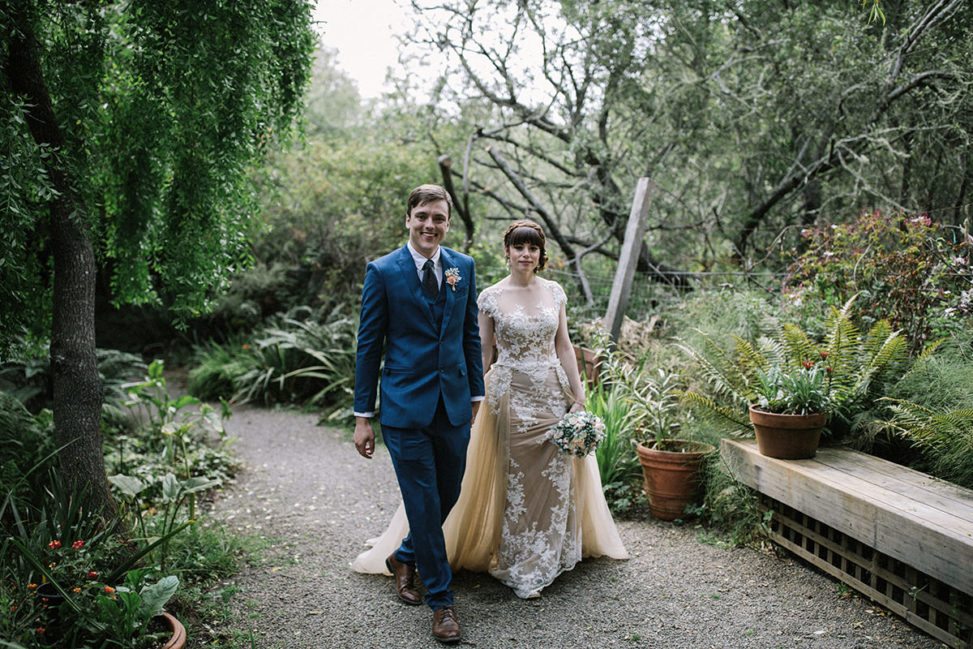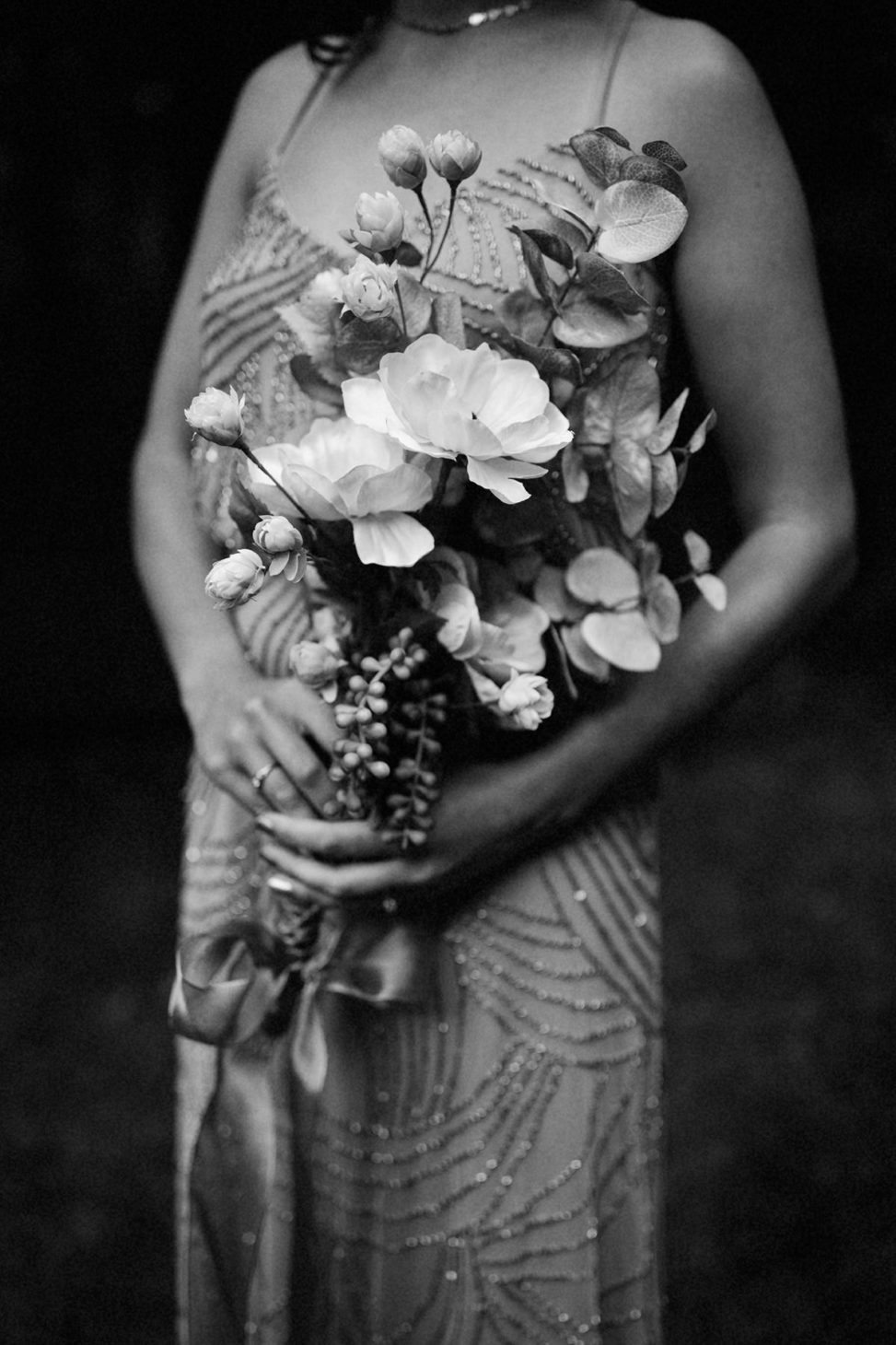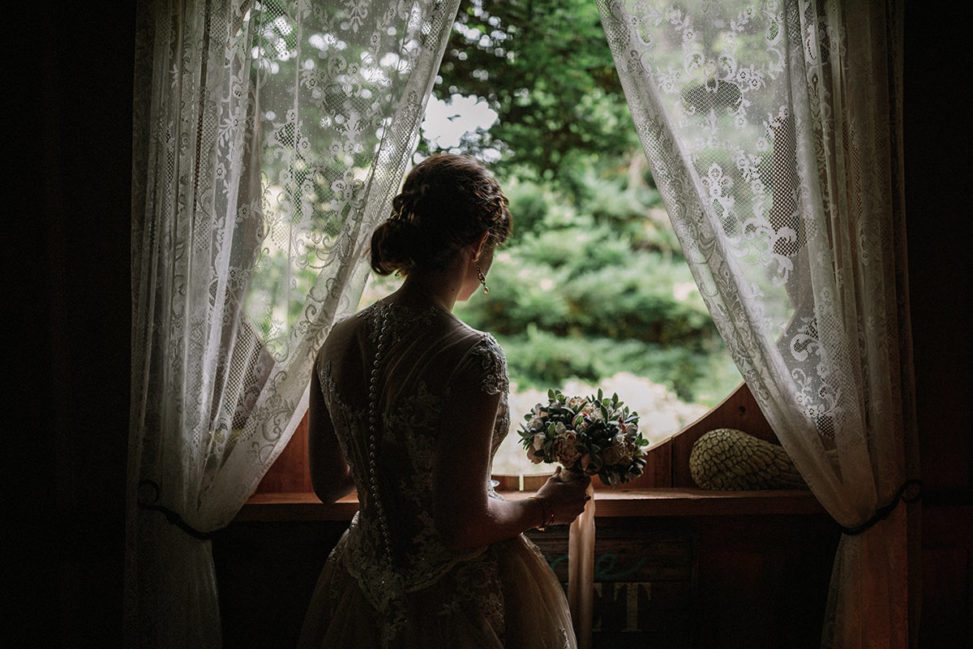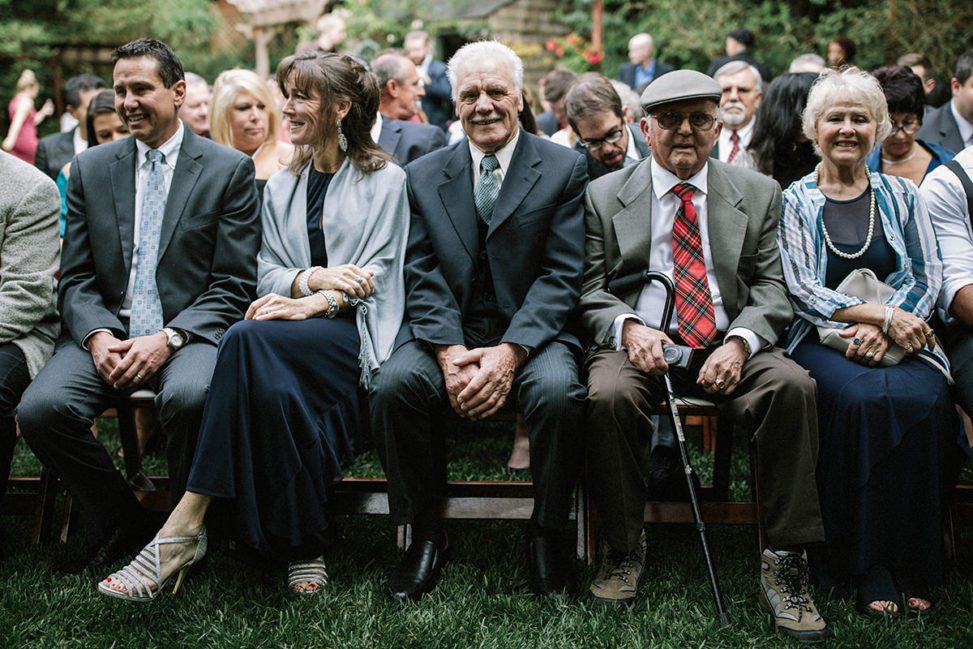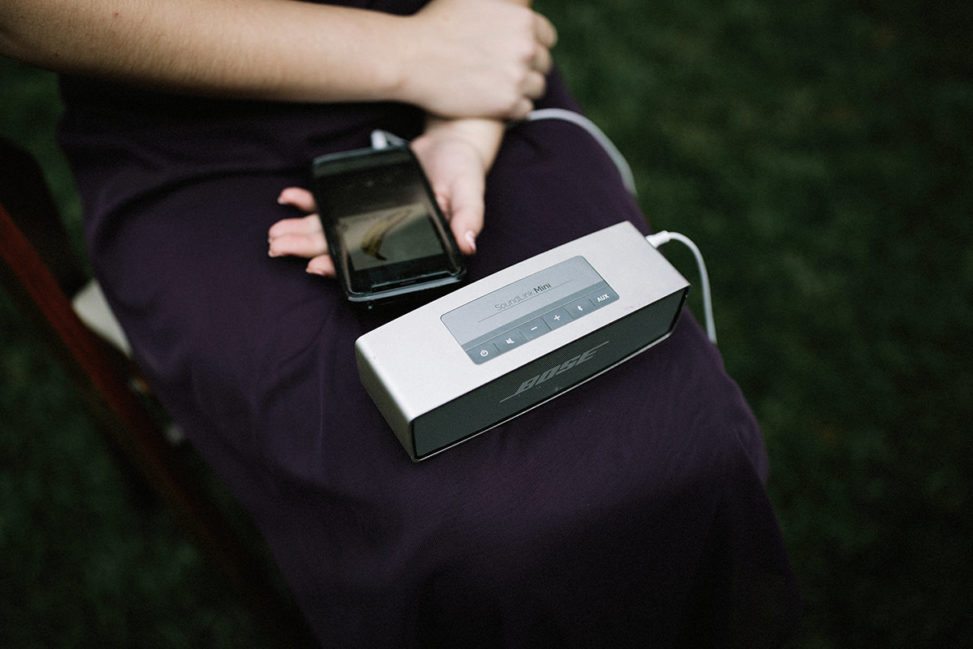The night I got married, the power on the entire block went out. A truck plowed into an electric pole five minutes before we began the ceremony. From his seat in the groom’s house, which was the building closest to the street, my husband-to-be heard a loud sound. “It’s over,” the venue manager said, after checking the fuse box.
He was wrong, of course, but we didn’t know that then.
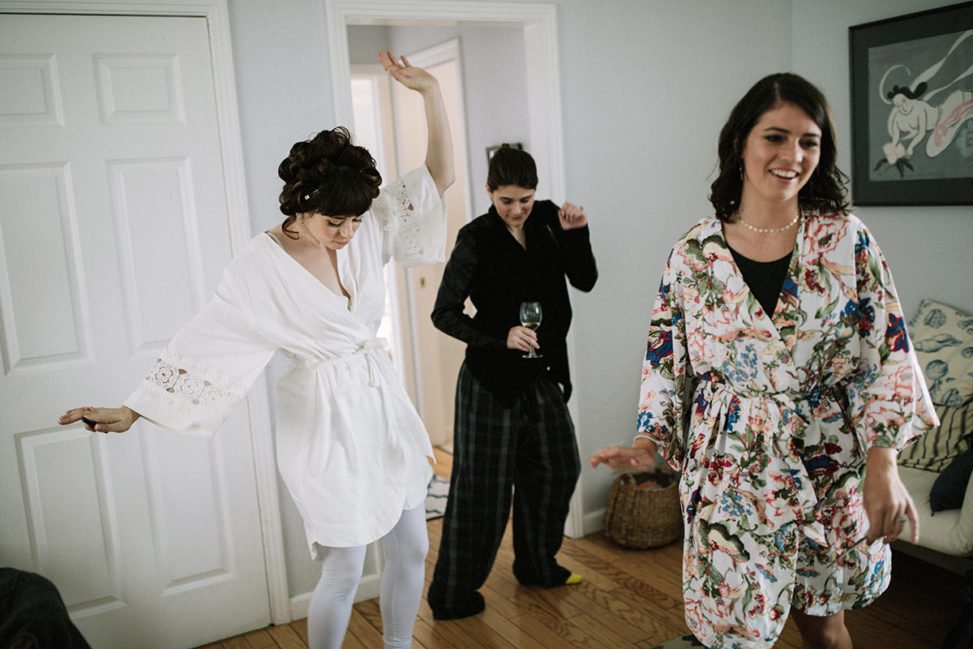
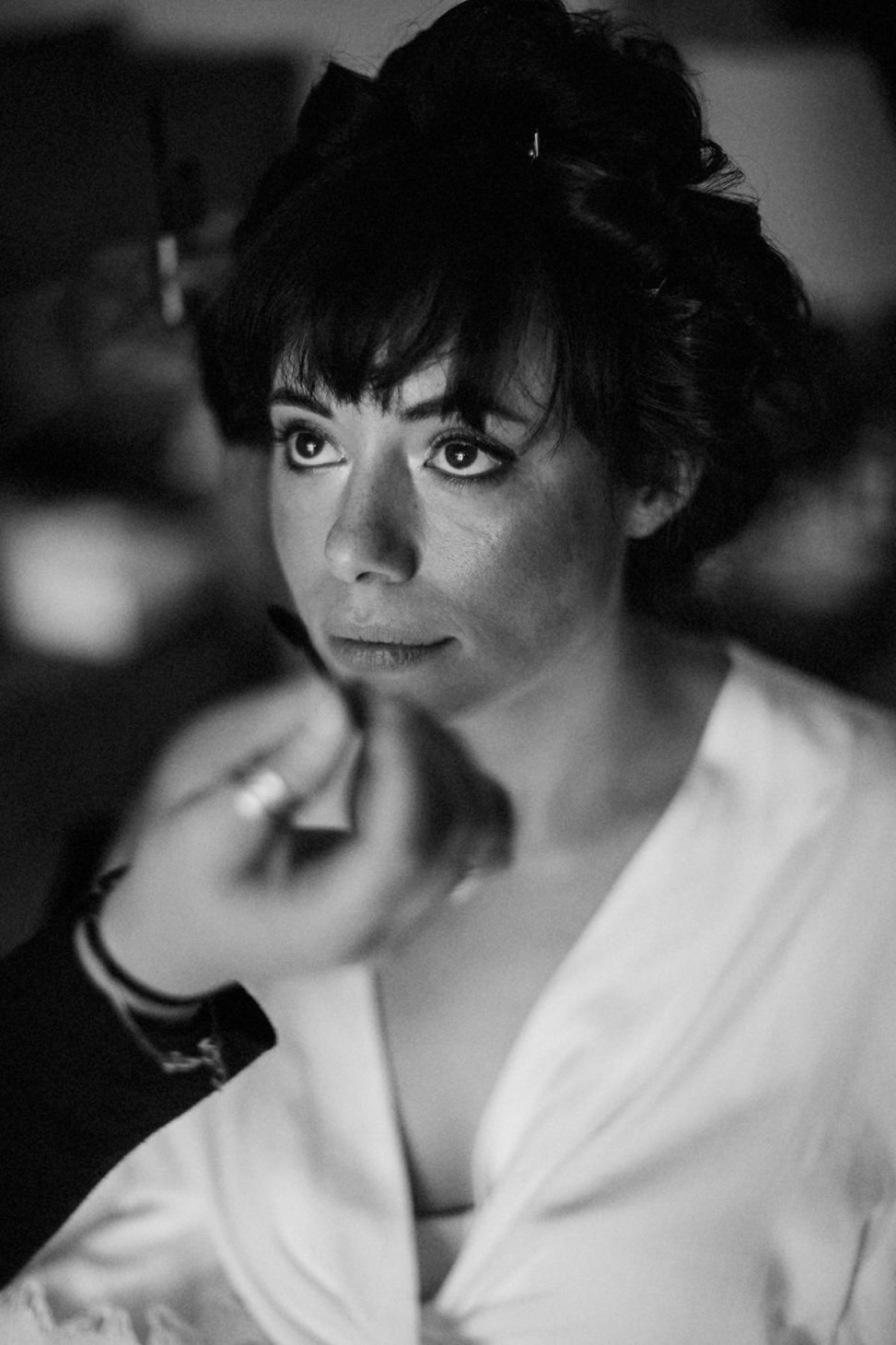
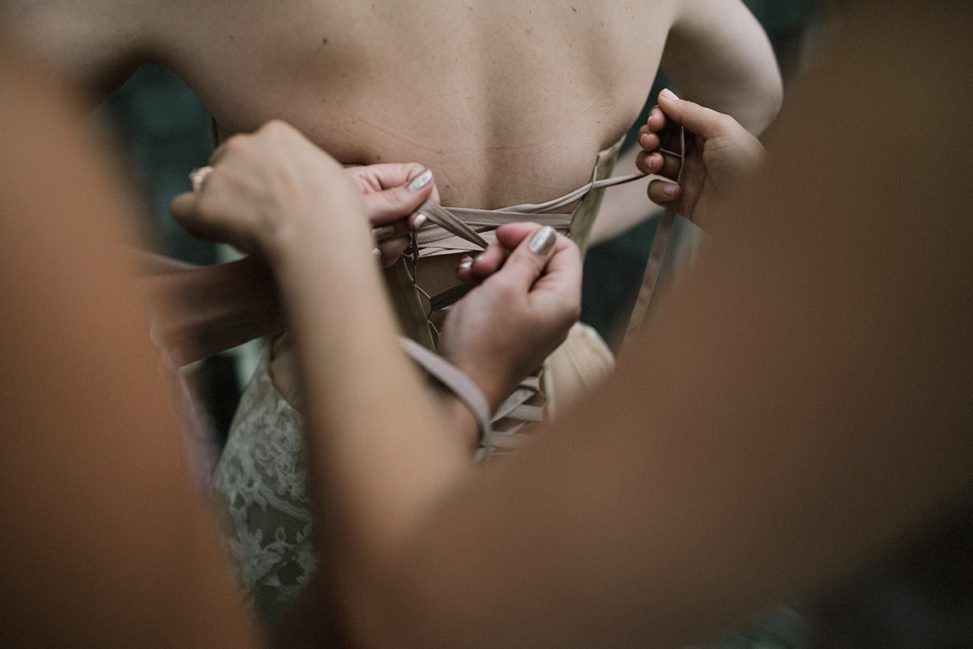
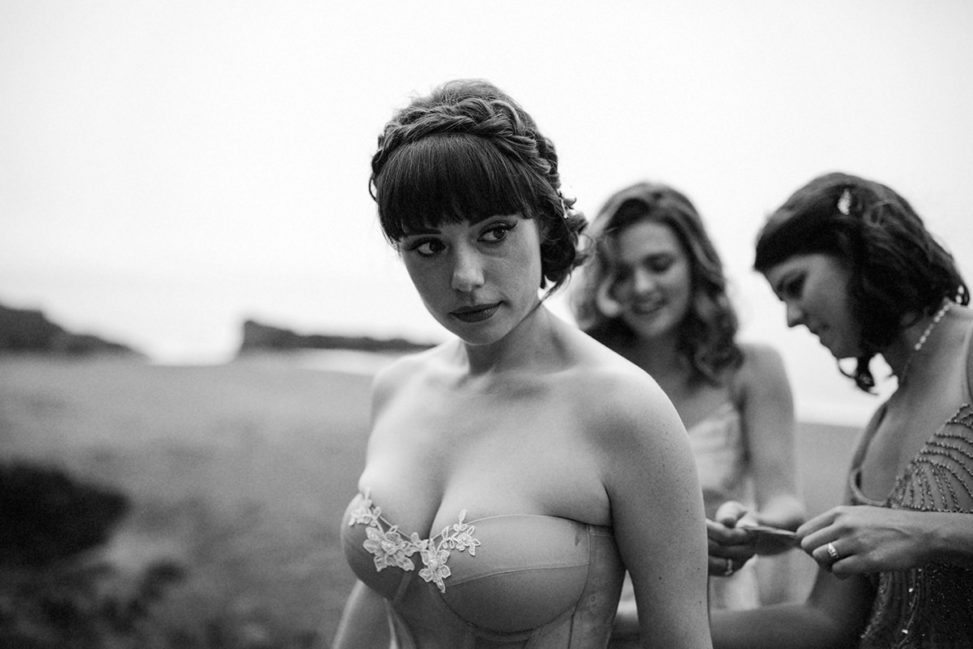
Before my wedding, I did not think of myself as a typical bride. My mother had died in my early twenties, and I knew my biological father would not attend. After David, my now husband, asked me to marry him on a windy ocean side cliff, I was too shy to announce it. I did not realize you should call family to let them know in advance. I took our engagement and the planning of our wedding like I’d taken so many things in my past: on my own, self-sufficient. I was a planner, a list-maker. In this way, I thought I could separate myself. I think now I did not feel I could measure myself against a world of tulle and pearl. Deep down, I was certain I did not deserve it. I did not grow up in a household that encouraged such things. We were closed, our bodies secrets even to ourselves. I was used to living in the dark.
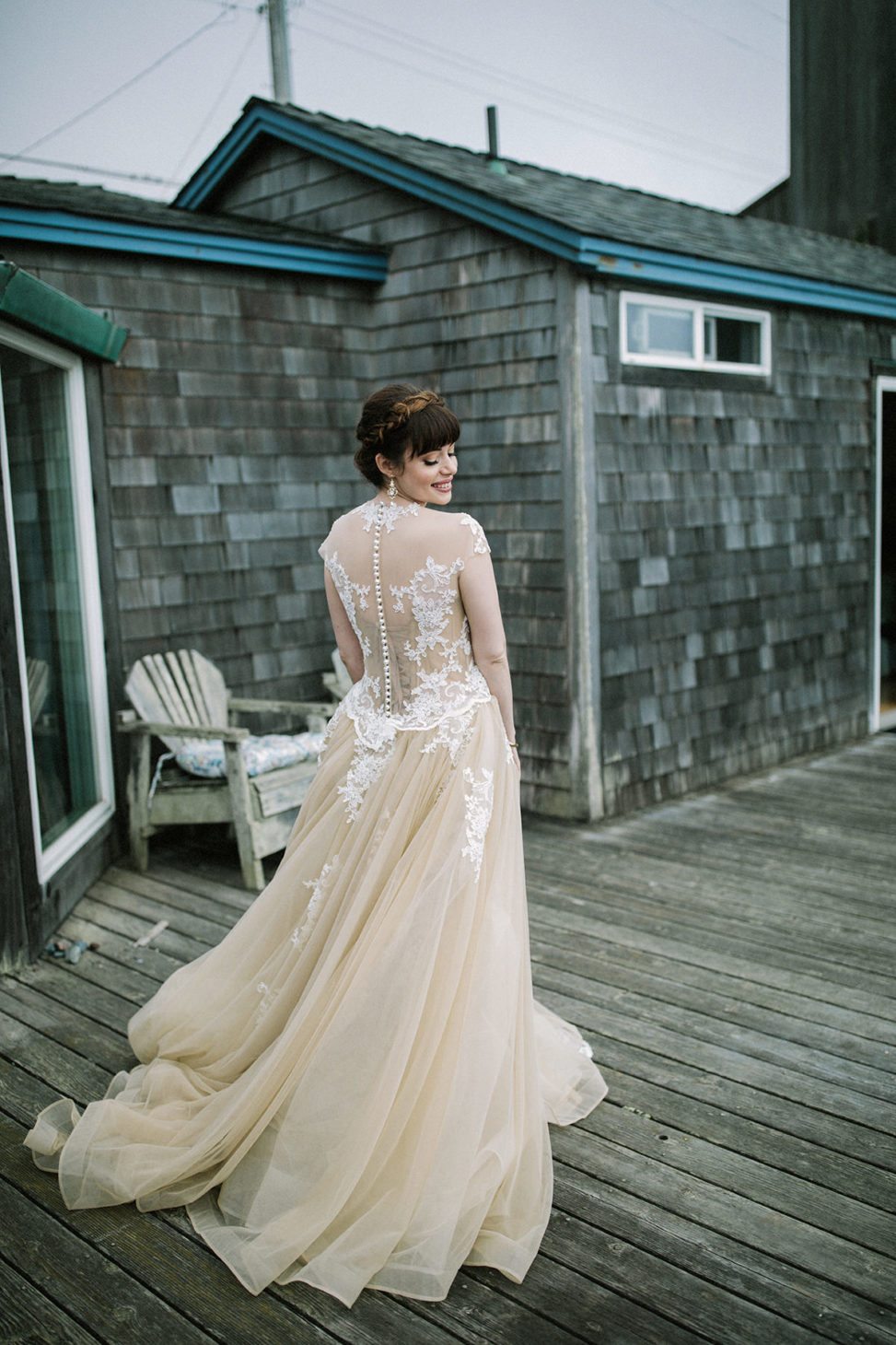
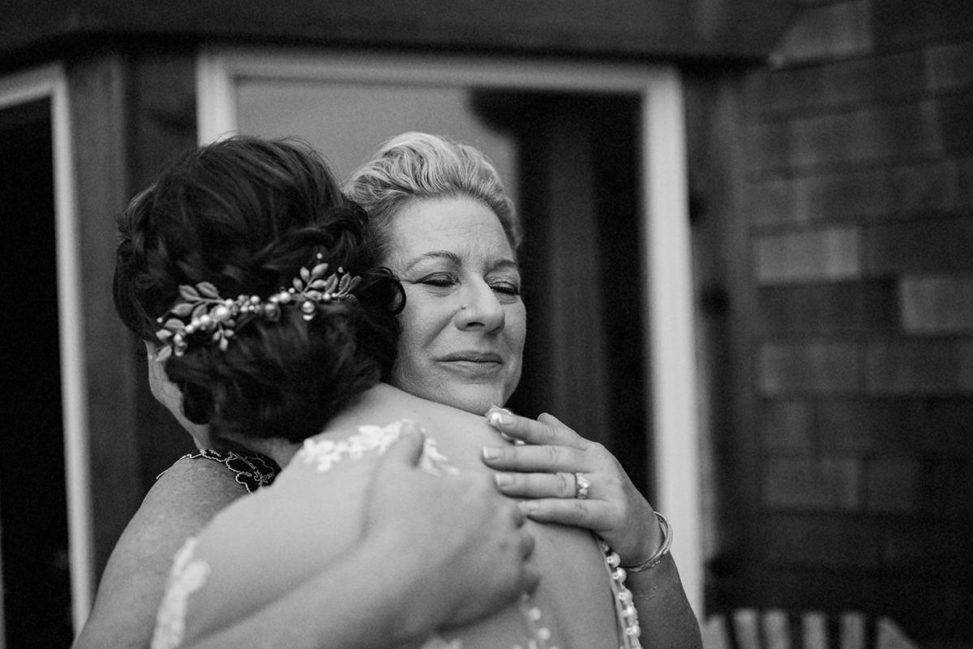
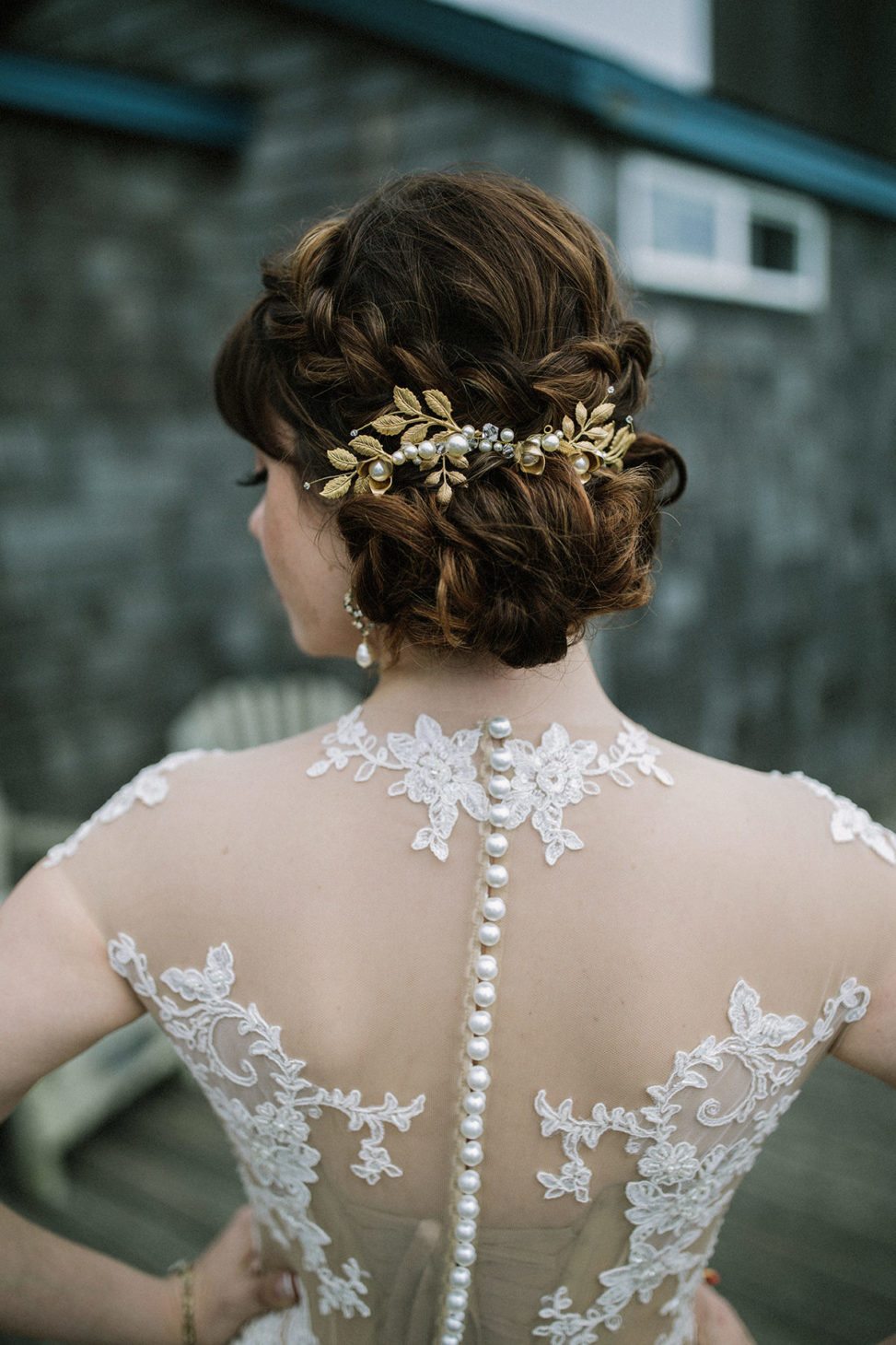
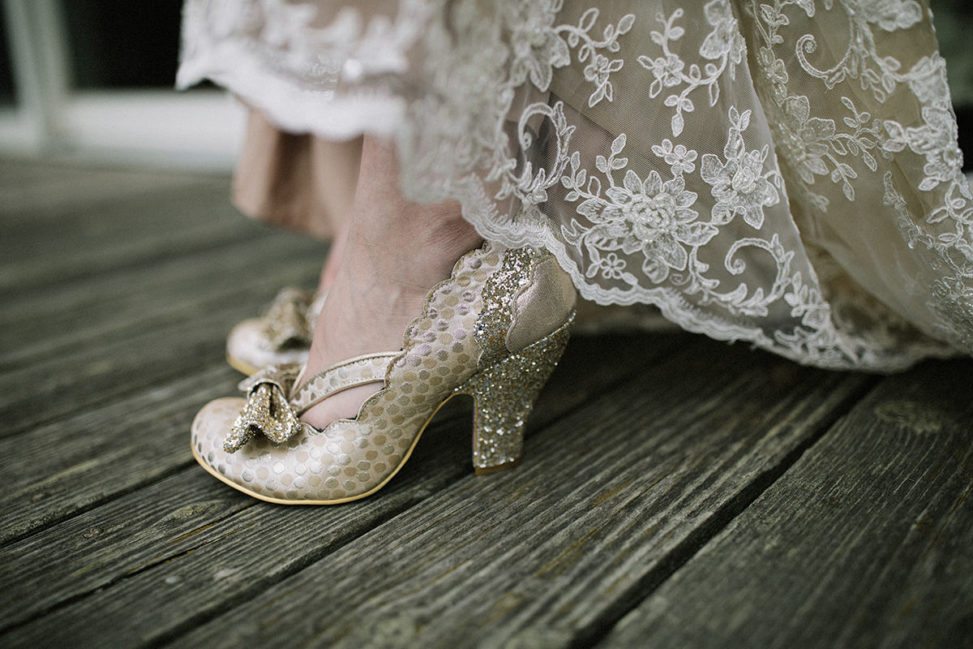
This might have been what drew me first to Jonas Seaman’s work. The muted, emotional light in his photographs spoke to me. And to the moody seaside town where David proposed, Bodega Bay. “It’s where Hitchcock filmed The Birds!” I’d explain, as if horror films and weddings were a paired set. The Secret Gardens venue nestled beside the docks, drew me into its hidden, flower-filled space.
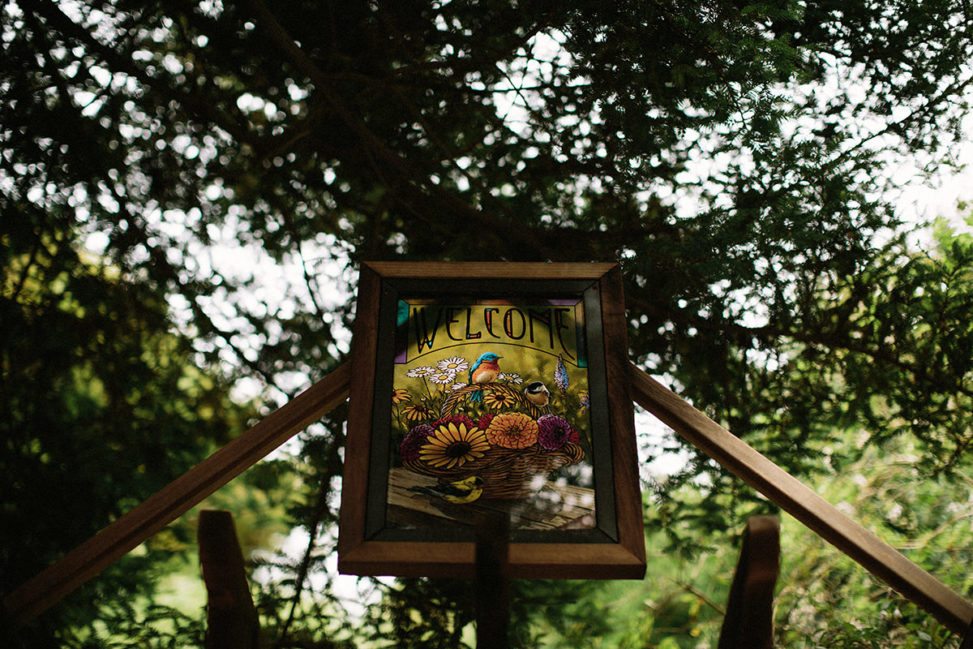
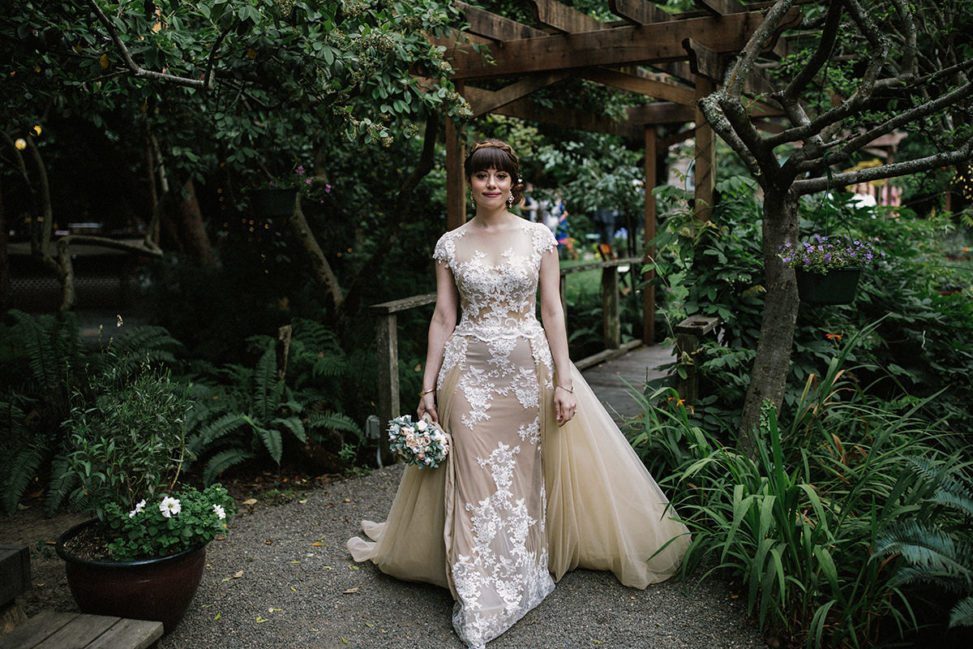
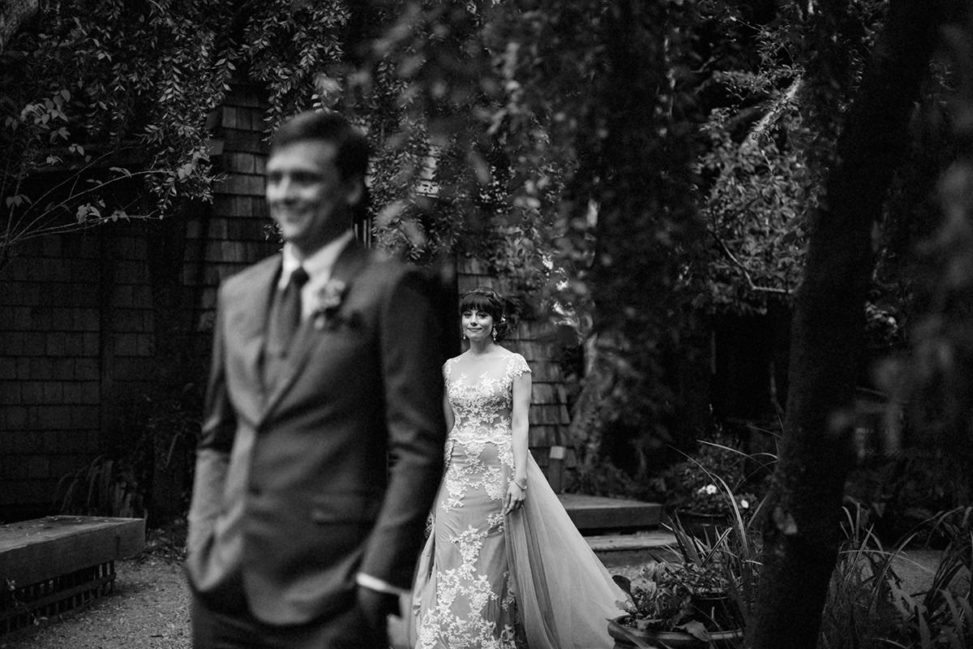
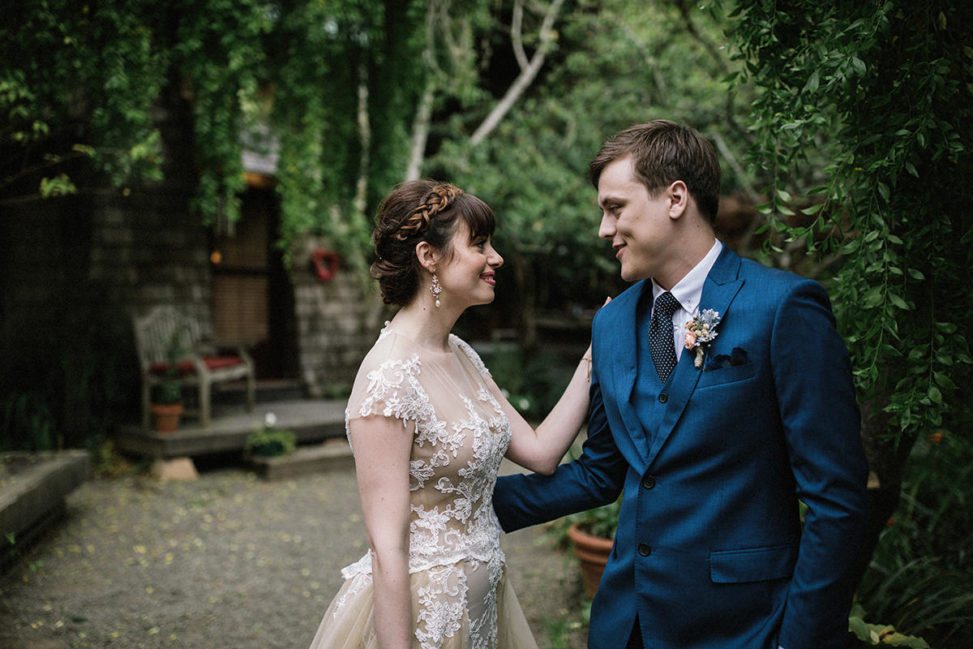
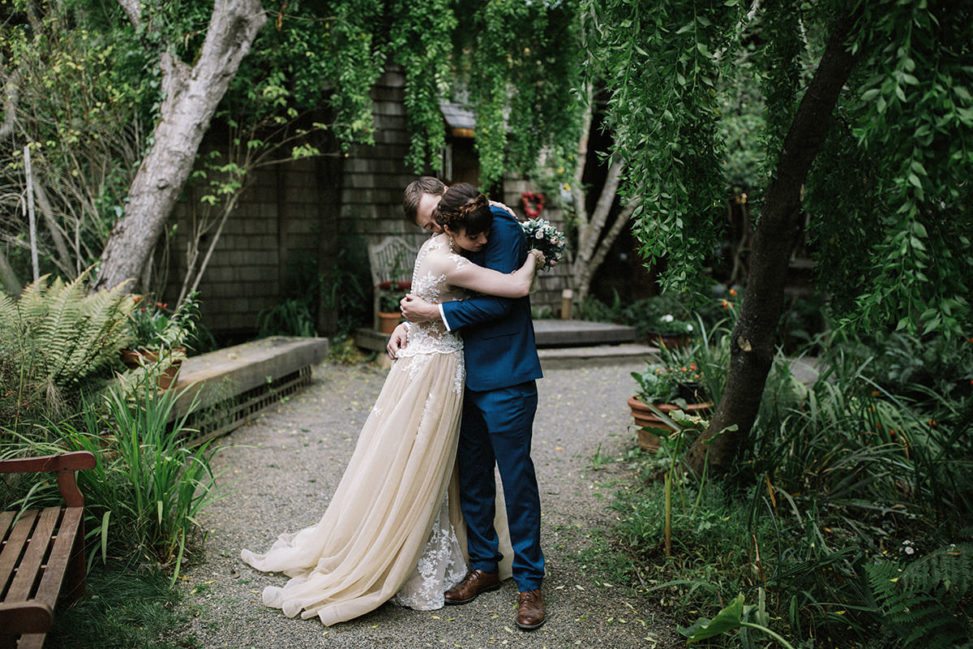
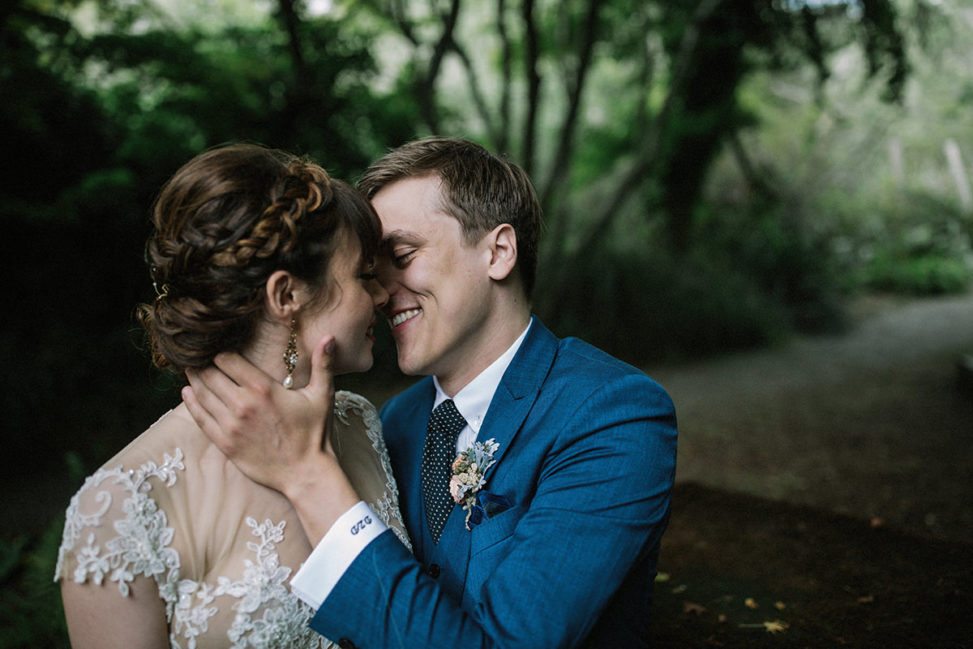
I knew from the beginning I would not be able to do a lot of the legwork at the wedding because, along with everything, I have an autoimmune disease. I needed to carefully save (we planned a year and a half in advance) in order to hire a very supportive team. There were many times I sat in bed, crying over my laptop. “Why did we plan a destination wedding?” I said. “It’ll be good,” David told me. “It’ll work out,” he said.
